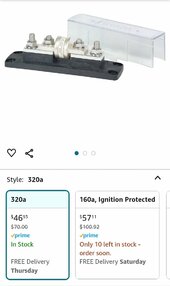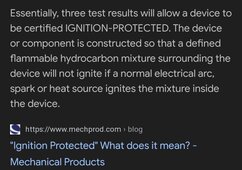ricardocello
Watching and Learning
Conduit ampacity is derated, which makes sense, but is that with multiple conductors?
If you put a single welding wire in a 1” conduit, does the derating apply?
Do conduit fill rules apply, meaning 1.5” conduit is necessary for a single conductor?
Only if over 24” maximum nipple length?
If you put a single welding wire in a 1” conduit, does the derating apply?
Do conduit fill rules apply, meaning 1.5” conduit is necessary for a single conductor?
Only if over 24” maximum nipple length?





